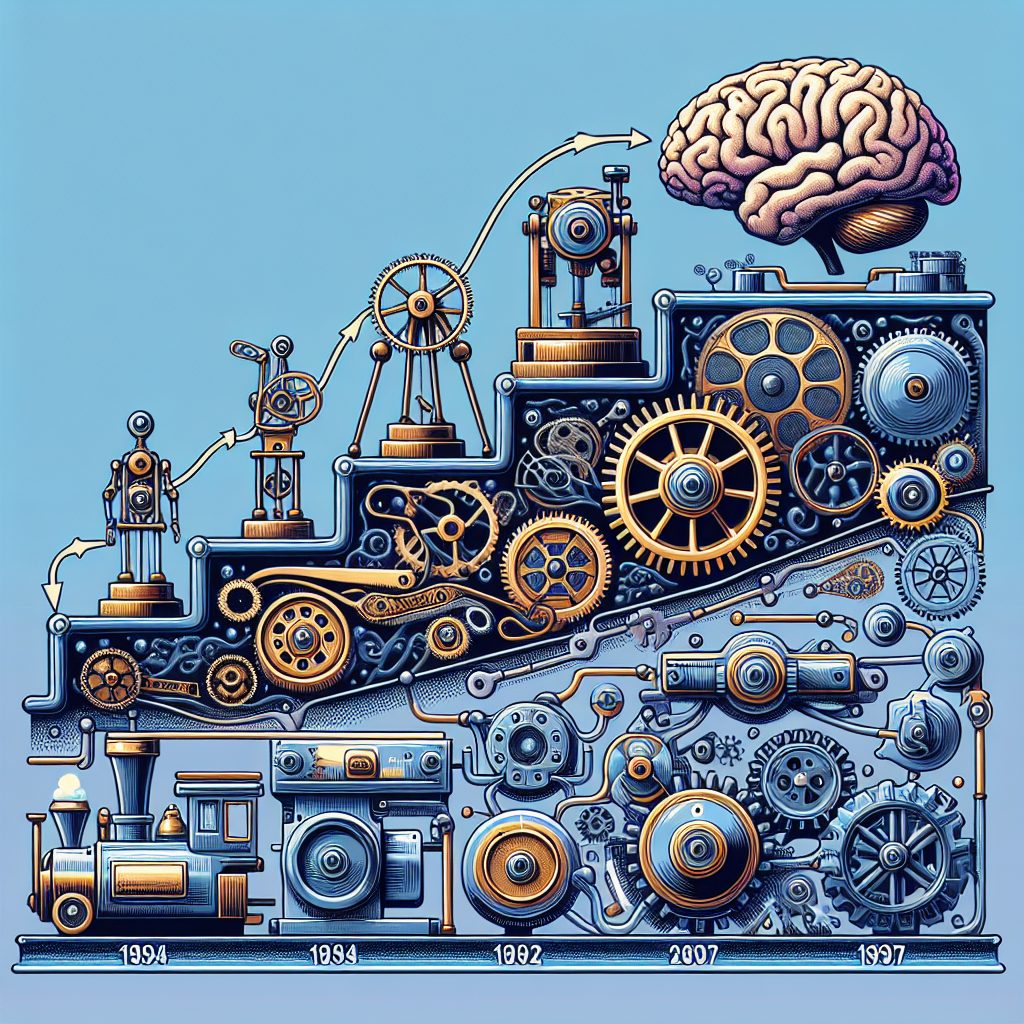Your cart is currently empty!
The Evolution of Recurrent Neural Networks: From Simple RNNs to Advanced Gated Models

Recurrent Neural Networks (RNNs) have become a powerful tool in the field of artificial intelligence and machine learning, particularly for tasks involving sequential data such as time series analysis, natural language processing, and speech recognition. The evolution of RNNs has seen the development of more advanced models, such as Long Short-Term Memory (LSTM) and Gated Recurrent Unit (GRU) networks, which address some of the limitations of traditional RNNs.
The concept of RNNs dates back to the 1980s, with the development of simple RNN models that were designed to process sequential data by maintaining a hidden state that captures information from previous time steps. However, these simple RNNs were found to suffer from the problem of vanishing gradients, where the gradients of the loss function with respect to the parameters of the network become very small, making it difficult to train the model effectively.
In order to address this issue, more advanced RNN models were developed, such as LSTM networks, which incorporate a mechanism to selectively retain or forget information in the hidden state. LSTM networks have a more complex architecture with additional gating mechanisms that allow them to learn long-range dependencies in sequential data, making them more effective for tasks that require capturing long-term dependencies.
Another advanced RNN model that has gained popularity in recent years is the GRU network, which is similar to LSTM networks but has a simpler architecture with fewer gating mechanisms. GRU networks have been found to be as effective as LSTM networks for many tasks while being computationally more efficient.
The development of these advanced gated models has significantly improved the performance of RNNs for a wide range of applications. For example, in natural language processing tasks such as language translation and sentiment analysis, LSTM and GRU networks have been shown to outperform simple RNN models by better capturing the context and semantics of the text.
Overall, the evolution of RNNs from simple models to advanced gated models has revolutionized the field of sequential data processing, enabling more accurate and efficient modeling of complex relationships in sequential data. As research in this field continues to advance, we can expect to see even more sophisticated RNN architectures that further enhance the capabilities of these powerful neural networks.
#Evolution #Recurrent #Neural #Networks #Simple #RNNs #Advanced #Gated #Models,recurrent neural networks: from simple to gated architectures

Leave a Reply